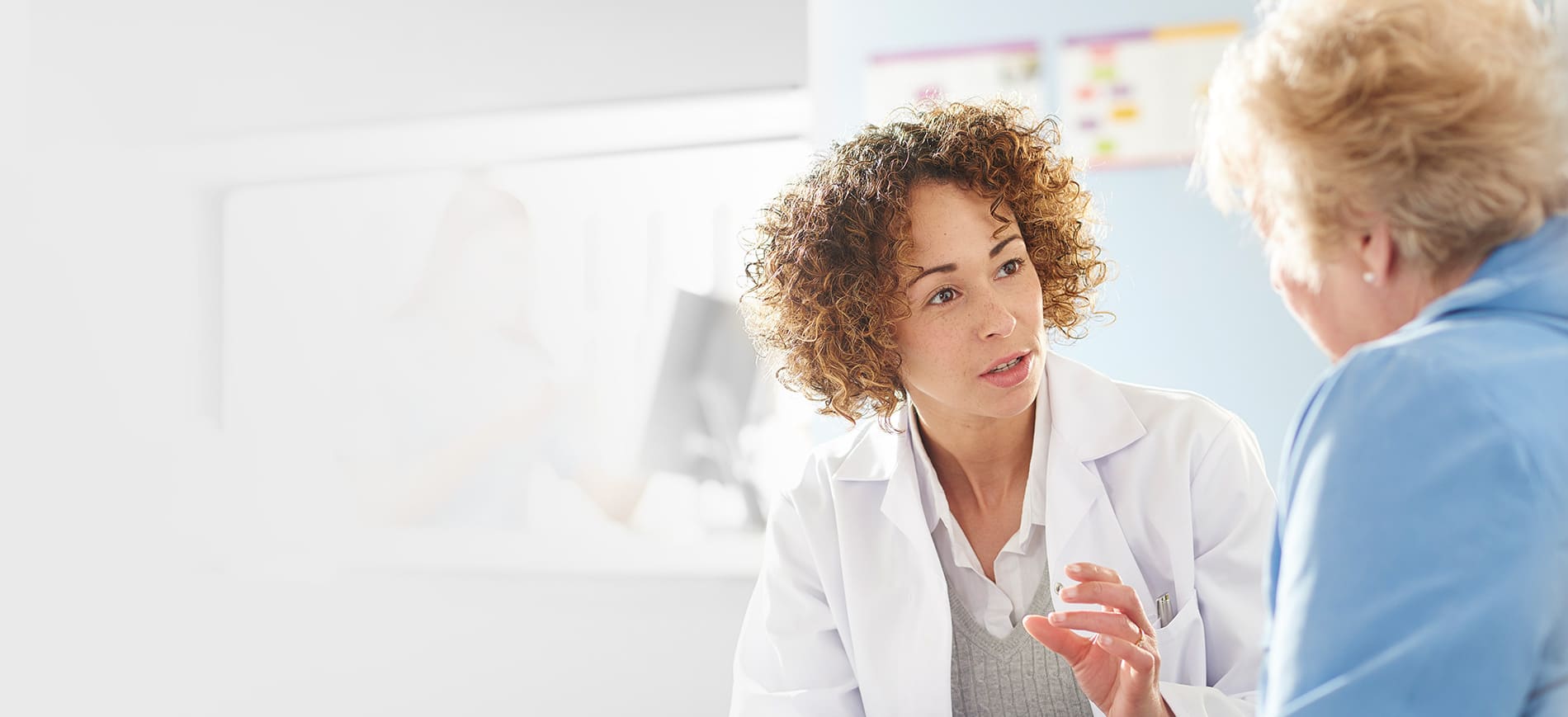Ulcers: you’ve heard the name, but don’t know what’s behind it? Find out everything about their origin, symptoms and treatment in 9 questions and answers.
An ulcer is, by definition, a wound. It can be located on the skin or on the mucous membranes. This wound is deep. The problem is the healing. A difficult healing that prevents the skin or mucous membranes from performing their functions. This opens the door to possible infections and new diseases.
1) Are ulcers dangerous?
An ulcer, like all diseases, can be dangerous. How it is treated, and if it’s untreated, may have an impact. Ulcers damage quality of life. In the case of skin ulcers, eczema, infection and even cancer can occur. Ulcers can therefore be disabling and lead to many hospital admissions.

2) Are ulcers contagious?
The contagiousness of an ulcer depends on the type. Ulcers caused by bacterial complications are contagious. Ulcers caused by venous problems are not.
3) What are the causes of leg ulcers?
Leg ulcers occur when the skin is missing without a healing process. The area of the ulcer is often very red and painful.
- 70% of cases are related to poor blood circulation in the veins
- 15% are related to poor blood circulation in the arteries
- 15% are related to a mixture of both
Varicose veins and phlebitis can be cited as the cause of leg ulcers.

4) How to treat leg ulcers?
The first step in treating a leg ulcer is to clean the wound with soap. A disinfectant would slow down the healing process even more. After the dressing is applied, compression strips are applied to facilitate blood circulation.
After the dressing has been applied, the blood circulation problem must be treated to prevent recurrence. If the ulcer is caused by varicose veins, they can be treated with echotherapy. This is an ultrasound treatment. These high-energy waves are applied to a specific area of the body and cause a localised increase in temperature. This heat denatures the targeted cell molecules in order to eliminate them.
Finally, a leg ulcer takes an average of 210 days to heal (Urgomedical). This is a long process that depends on the depth and extent of the wound. If the ulcer does not heal after 7 months, a skin graft may be considered.
5) What kind of bandage for leg ulcers?
There are many types of bandages. They aim to provide venous compression and thus facilitate blood circulation. It will also reduce swelling and improve venous return. The bandage is applied after cleaning and dressing. The different bandages are:
- Varicose vein bandages
- Elastic bands (compression bands)
- Non-elastic bandages (containment bandages)
- Multi-layer bandages

6) Are leg ulcers more frequent in women?
The prevalence of leg ulcers is between 1 and 1.3% (ScienceDirect). In France, this represents between 670,000 and 900,000 French people affected. This prevalence increases with the ageing of the population.
Venous ulcers are the most common leg ulcer. Women are more affected than men. On average, 3 women are affected for every 1 man (see our article on the subject here). Most women are over 50 years old with a history of phlebitis or varicose veins.
7) How does a leg ulcer start?
Leg ulcers occur as a result of several linked events. There are 4 stages:
- Blood circulation problems (varicose veins, phlebitis, etc.) prevent the blood from circulating normally in the lower limbs
- Blood stagnates in the veins
- This damages the tissues and weakens the skin
- Opening of a wound: ulcer

8) How is a leg ulcer specialist called? Where to go to get treatment for leg ulcers?
When a patient wishes to consult for a leg ulcer, they can go to see doctors specialising in conditions affecting the veins and venous system. Vascular surgeons and general surgeons are able to treat leg ulcers.
If the origin of the ulcer is a blocked artery, you should consult your doctor in order to make an appointment with a vascular surgeon.
9) What to do to avoid leg ulcers?
It is important to pay attention to your health and fitness to minimise the risk of ulcers. Diet plays an important role. In order to avoid clogging the arteries and thus damaging the blood circulation, it is advisable to avoid eating too much fat and sugar.
Here is a non-exhaustive list of things to do to avoid ulcers:
- Walk as much as possible
- Wiggle and curl your toes
- Point your toes up and down
- Put your feet up
- Rotate your ankle
Ulcers are not to be taken lightly. They are often the consequence and the cause of other health problems. They can become disabling. It is important to seek specialist help to treat and heal them.
Find the list of our echotherapy experts here.
Bibliography :
- https://www.chu-lyon.fr/ulcere-cutane
- https://www.sciencedirect.com/science/article/abs/pii/S1762567X04000199
- https://www.sciencedirect.com/science/article/abs/pii/0248866396806928
- http://etudiantpodo.free.fr/articles/P126.pdf






